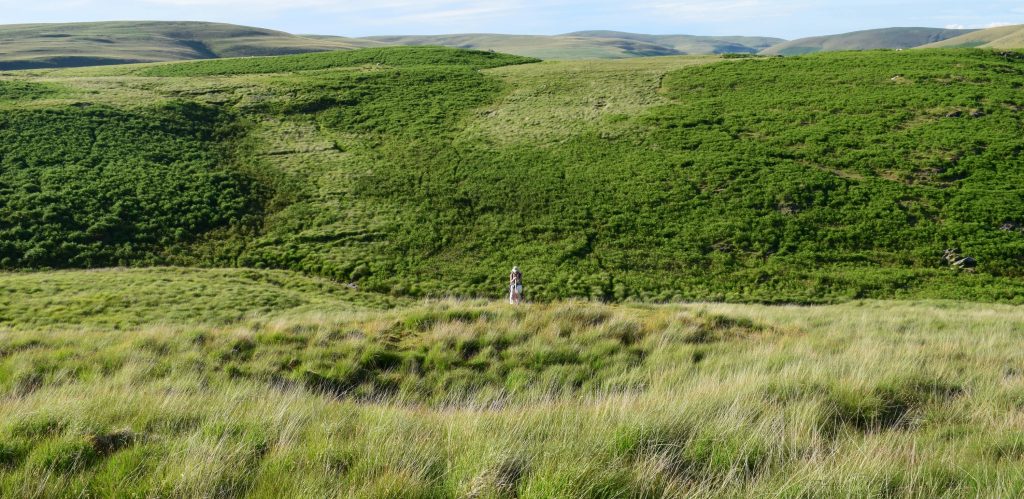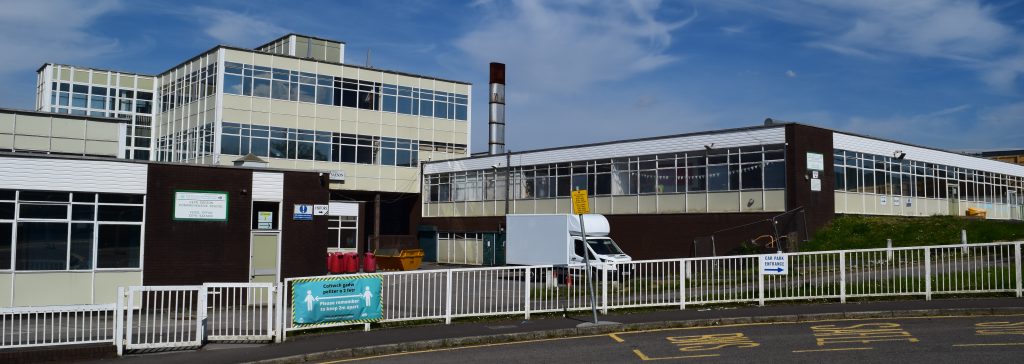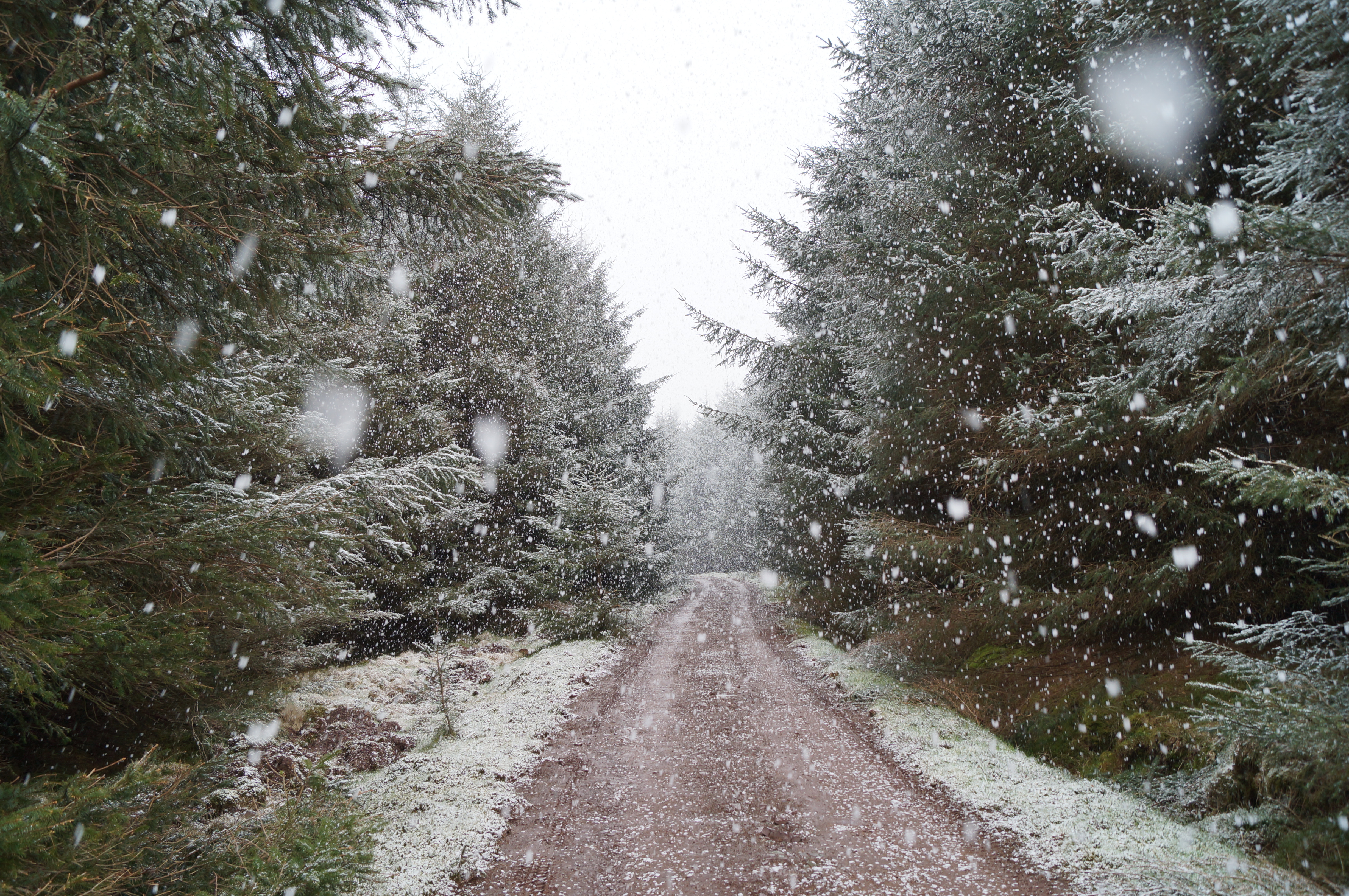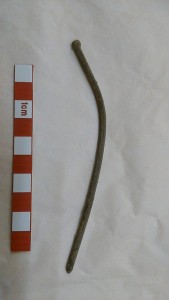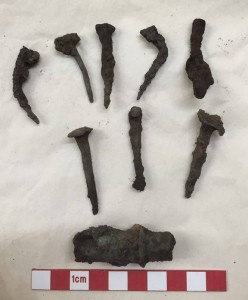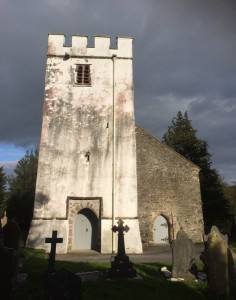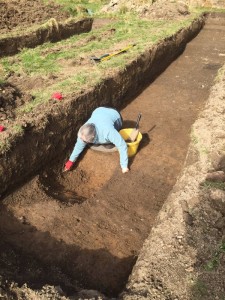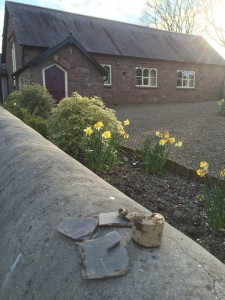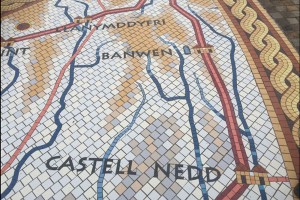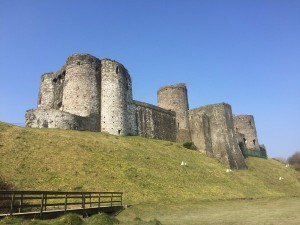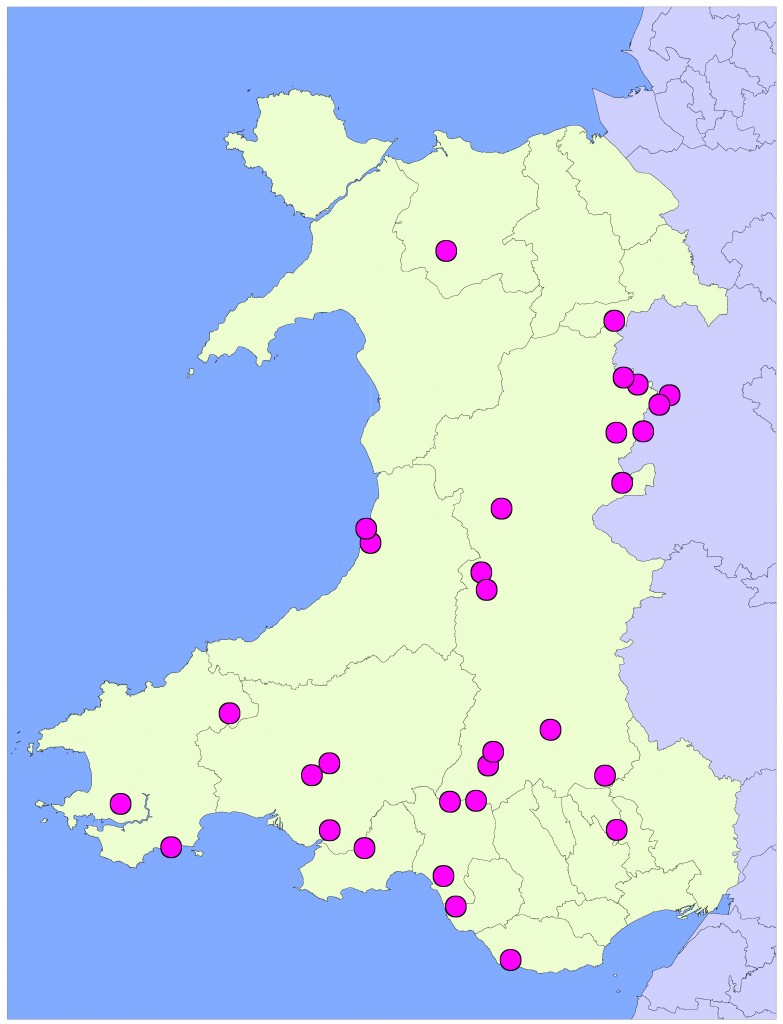It is nearly the end of another year, and as is our tradition we have reflected on the places we’ve been and the links to the past we have explored. As Covid became more manageable we got back to some sort of normality. Read our newsletter to find out more and we wish you a Peaceful Christmas and a Happy New Year.
Looking Back Over 2021
Covid has proved such a distraction one way and another that we have just realised we hadn’t updated our news page for quite a while. As thoughts of Christmas start to fade and we look forward to the New Year, have a look at our 2021 newsletter to see what has kept us busy over the last year.
Coronavirus Update
Following the latest government guidance we are suspending all fieldwork for now. We will still be open for business, working from home for anyone needing archaeological services. The less we all move about, the sooner normal service can be resumed. Please put safety first now!
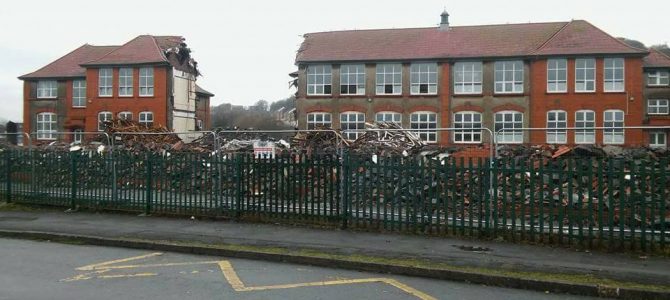
Schools
No apologies, but this year we have made a bit of a fuss about the need to give more attention to historic school buildings, which are being lost in significant numbers now, very often without any record being made. Schools are important from a community, cultural and heritage perspective. Our concern was sparked by the sudden demolition of Cwrt Sart, Briton Ferry and led us to contacting one of our local Assembly Members, Bethan Sayed AM, who raised the matter with Cadw and the Minister for Heritage at the Senedd. It also led us to voluntarily undertake a photo survey of Cymer Afan school in the Afan Valley, near Port Talbot just as the demolition crews moved in. Expect us to return to the subject
in 2020 via @YsgolWales on Twitter!
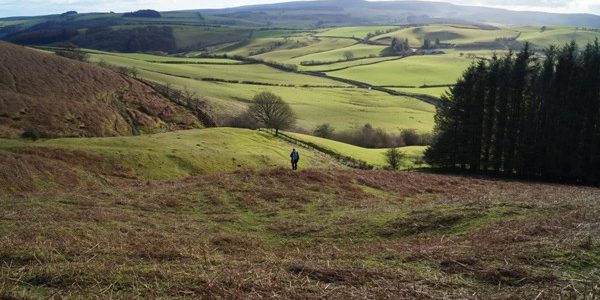
Happy New Year to All!
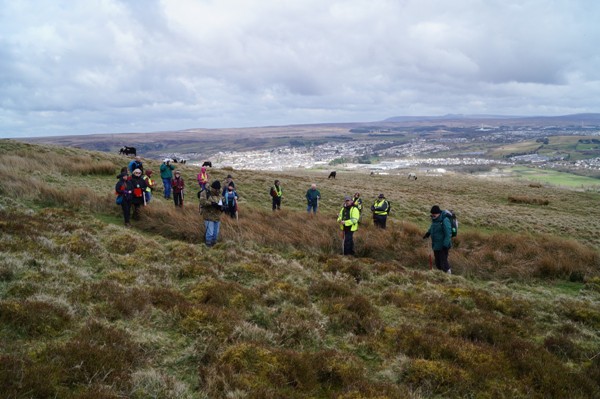
Recording a platform on Mulfran, Blaenau with AHAS, Aberystruth History and Archaeology Society
Another year heads to its conclusion and we can again look back over the 12 months since our last newsletter.
This has been a year of getting used to new guidelines and legislation in Wales, which has taken some effort. Trysor has chipped away quietly in the background, and enjoyed the best summer ever seen, from May to July. The highlight of our year was probably getting a lump of iron slag and a Dark Age radiocarbon date out of a ditch in Montgomeryshire.
While such simple things have kept us happy, Brexit has claimed all the headlines, dragons have nested in Wales’ finest castles and recent rumours have been reported of a Celtic chariot burial being found in a field, stirring excitement in Pembrokeshire, and we will surely hear much more about that during 2019.
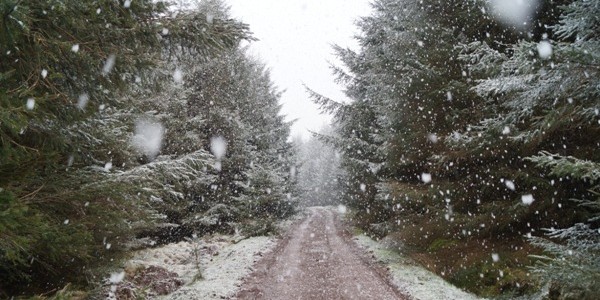
The end of 2016, and a New Year dawns
Another year has passed and Trysor has adapted to all the changes which have
occured in the last 12 months. 2016 will be remembered for a number of reasons, apart from the loss of so many celebs. In July Paul and Ann moved from Pembrokeshire to their new home in Neath. This means the both Trysor partners now live in Neath Port Talbot county. This may make Trysor the county’s leading (but only) heritage partnership! We’re not actually sure!
This year parts of the new Heritage Bill for Wales came into force, but we will have to wait to see what affect it will have on the sector. Uncertainty characterises the year, perhaps, with Brexit dominating the news and policy changes in Westminster having a considerable impact on the number of wind and solar projects in Wales. We hope for more clarity on matters in 2017!
Whatever happens, we wish you all much success!
Happy New Year to all!
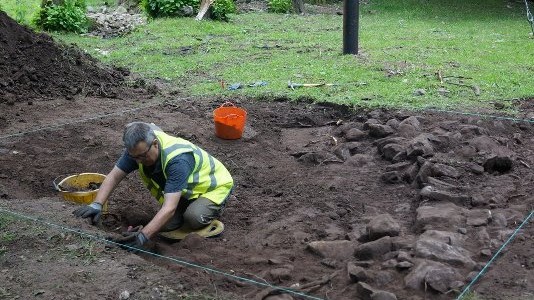
Breconshire
During the summer 2016 we carried out evaluation digs for two hydro-electric projects in Breconshire, near Crai and Llangattock. Both included digging across old tramway beds. The Llangattock project also included excavating an old wall next to the site of Cwm, a farm which was abandoned some 150 years ago. This produced pottery of 18th and 19th century date, as well as small flakes of lead which may have been waste from the making of shotgun pellets.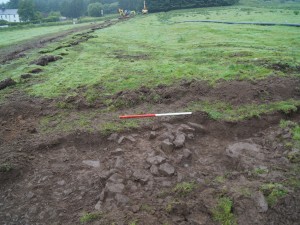
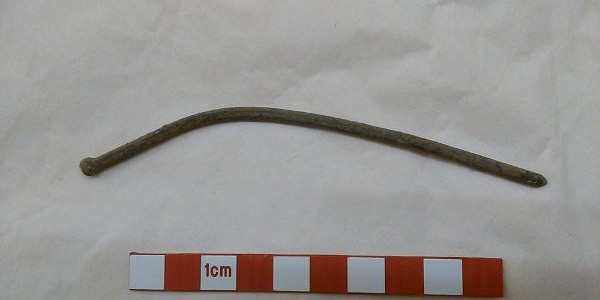
Alberbury, Shropshire
During July 2016 we had the pleasure of returning to Alberbury in Shropshire, to excavate the remains of a medieval house in the walled garden of Loton Park
mansion. Amongst our finds were dozens of iron nail, part of a copper alloy candlestick and a simple cloak pin. The radiocarbon dates dated the site to between AD1410 and 1445.
Llanarthney
Holy Cross Church, Taibach, near Margam
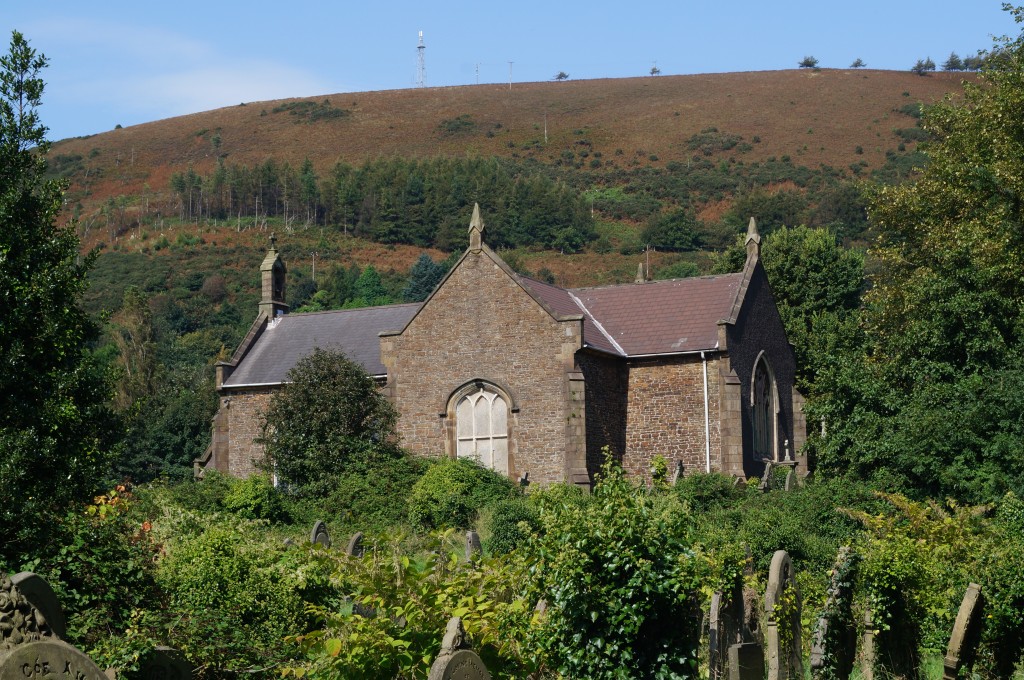
Holy Cross Church, Taibach, Port Talbot was closed several years ago. After a period as a friendless church and talk of conversion into a house, a local family with connections to the church stepped in to adapt the building for use as a Chapel of Rest. We were able to record the inside and outside of the building and learn something about the history of Taibach, a village now divided by the M4.
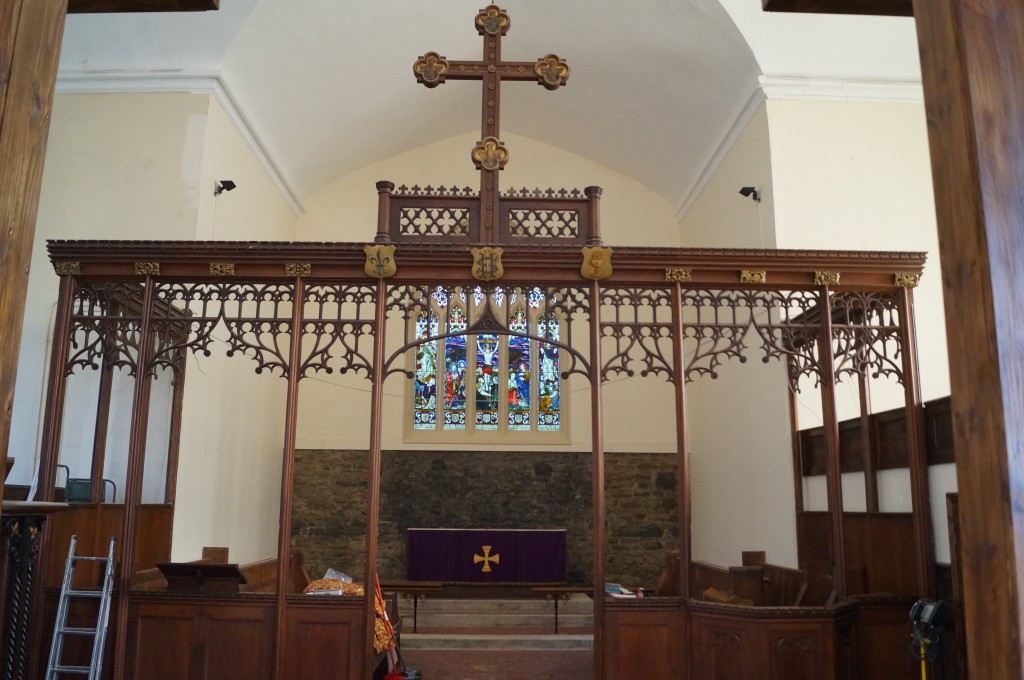
Non Roman
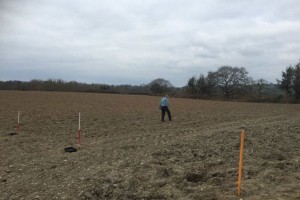 In March 2016 we were in the Llanymynech area of Powys, searching for evidence of a supposed Roman fort. After studying historical sources, a geophysical survey by Ian Brooks of EAS Ltd, fieldwalking and opening several trenches, we concluded that there is in fact no evidence at all for the existence of Clawdd Coch Fort.
In March 2016 we were in the Llanymynech area of Powys, searching for evidence of a supposed Roman fort. After studying historical sources, a geophysical survey by Ian Brooks of EAS Ltd, fieldwalking and opening several trenches, we concluded that there is in fact no evidence at all for the existence of Clawdd Coch Fort.
A month later we undertook a watching brief at Banwen, near Neath, looking for evidence of the Roman road to Brecon. There was no sign of the road, but we did see a fantastic mosaic in the village, marking Banwen’s
place on the map of Roman Wales.
Elan Links: People, Nature, Water
Two further projects running at present are looking at identifying archaeological sites under threat and also
characterising the historic landscape in the Elan Valley estate, for the Elan Valley Trust HLF funded project “Elan Links“.
The chance to review all the archaeological records for the area to flag up sites which are under threat and
may need management is particularly valuable.
Kidwelly
Llangunnor
We are currently working on 7 interpretation panels and a leaflet for the
community of Llangunnor, Carmarthenshire, working with the designers
Phil Wait and Alan Williams. The panels will trace the history of the area.
Local history includes the ancient parish church, the famous poem
“Llangunnor Hill”, tales of a Roman Road, a local lead mine and even the
work of early geologists studying trilobites here in the early 19th century.
Pendinas, Penparcau
We ar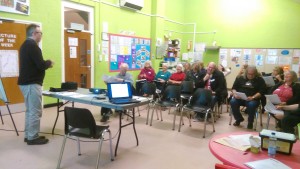 e in the middle of a project with the Penparcau History and Heritage Group, studying the history of
e in the middle of a project with the Penparcau History and Heritage Group, studying the history of
Pendinas Hillfort, which dominates their community. Our monthly sessions look in detail at different
aspects of the hillfort’s history with local residents.
A view from the hills…
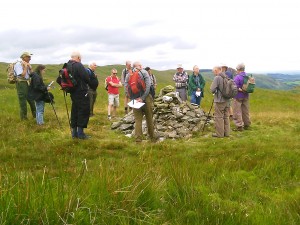
Although the Uplands Initiative has come to an end, our interest in the archaeology and landscapes of upland Wales remains undimmed. In July, to mark the 2017 Festival of Archaeology, Trysor held two events, a guided walk to Llyn Gynon, in the Elenydd hills, and an Archaeological Picnic at Pont ar Elan, in the Elan Valley.
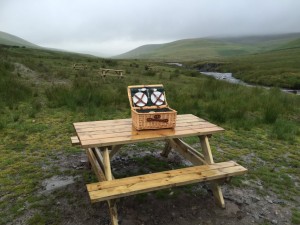
Whilst the walkers enjoyed a fine day, the summer rains came and spoiled the picnic, which had to be cancelled. Such is life in the hills.
But we will try again in 2017!
Where did we get to in 2016?
The map shows the location where we have undertaken work during 2016. A few were across the border in England again this year. This year saw a dramatic reduction in the number of projects associated with renewable energy, caused by the change in government policy, but a rise in the number which included some excavation work. It was good to see the return of community projects and heritage interpretation this year, after a quiet period in those fields for us.
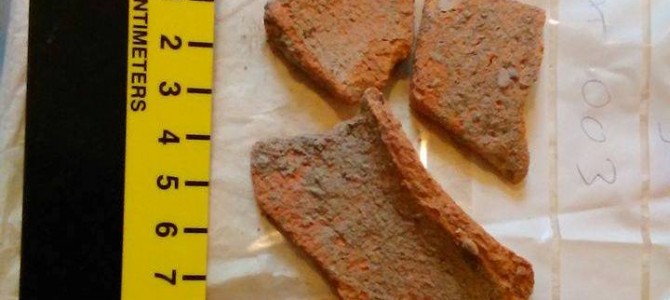
Dyfed Gravel Tempered Ware
Dyfed Gravel Tempered Ware from south Ceredigion from a charcoal rich context. Radio carbon date AD1025-1190, is this early for DGTW?
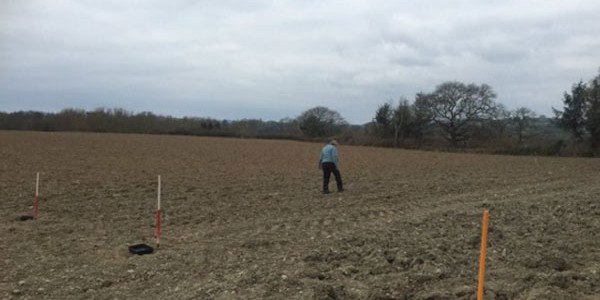
Supposed Roman Fort in Powys
Doing some field walking on the site of a supposed Roman fort in Powys looking for any evidence of Roman activity.
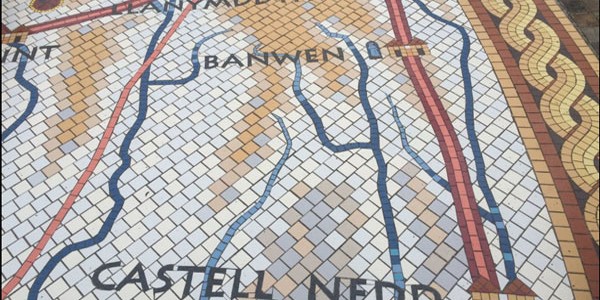
Banwen Mosaic
A day spent working in Banwen near Neath, close to the Sarn Helen trail and this great mosaic in the village.
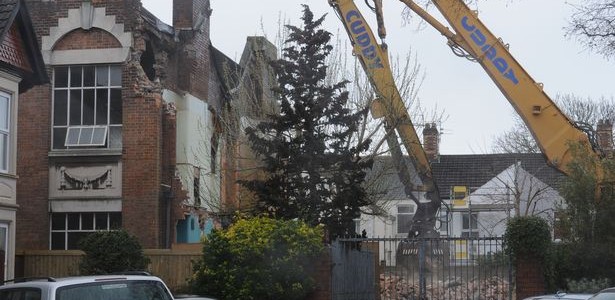
New Heritage Bill
Will popular and important buildings like this be protected when our new heritage bill comes into force in May? https://t.co/bfzHfXd91b
This is one of Cardiff’s historic buildings – now being reduced to rubble
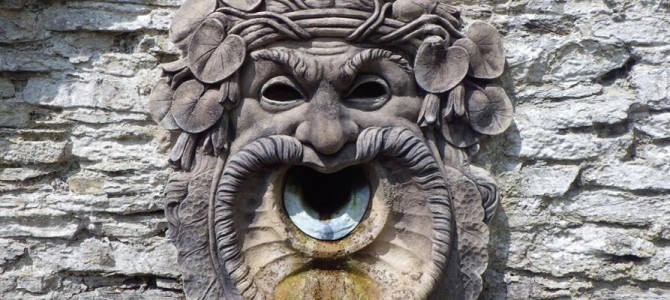
Heritage Consultancy based in Wales
We provide a range of archaeological and heritage services.
See our Services page for more details.
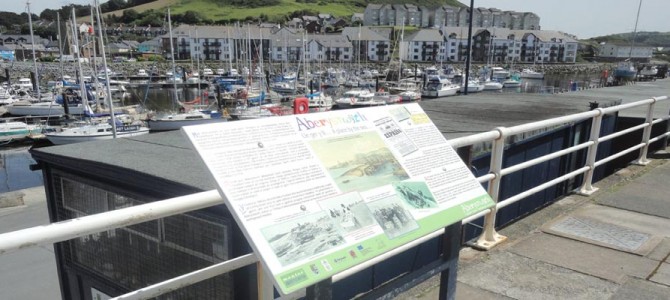
Heritage Interpretation
We can help provide panels, leaflets, interpretation plans and research.
For more information see our Services page.
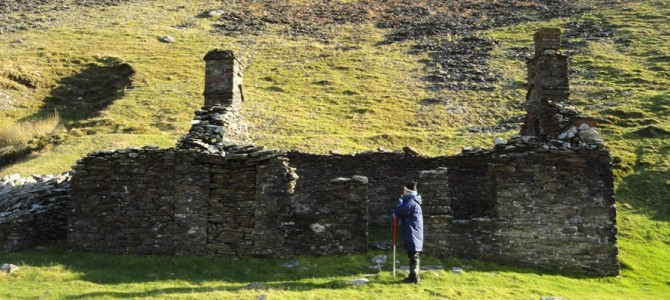
Planning Services
We offer a range of services to clients that relate to planning applications.
See our Services page for more details.
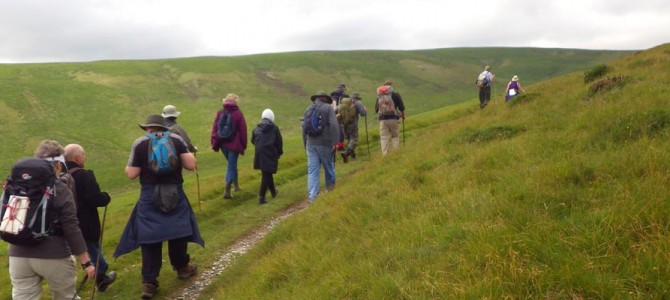
Community Groups
We offer professional support and guidance to help communities to realise their ambitions and make the most of their heritage.
See our Services page for more details.
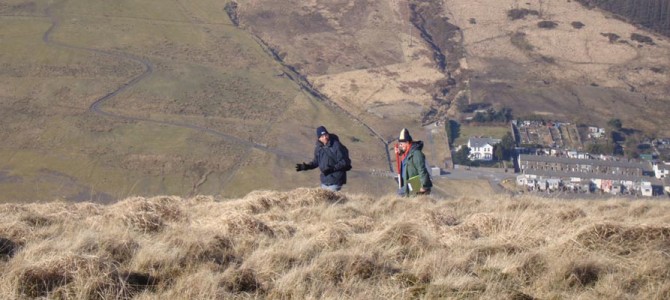
Get it Touch with Us
Whether you need an archaeologist or heritage professional to assist with a planning matter, or want to develop a heritage interpretation project, or promote heritage in your community, we’d love to hear from you.
See our Contact Us Page.

